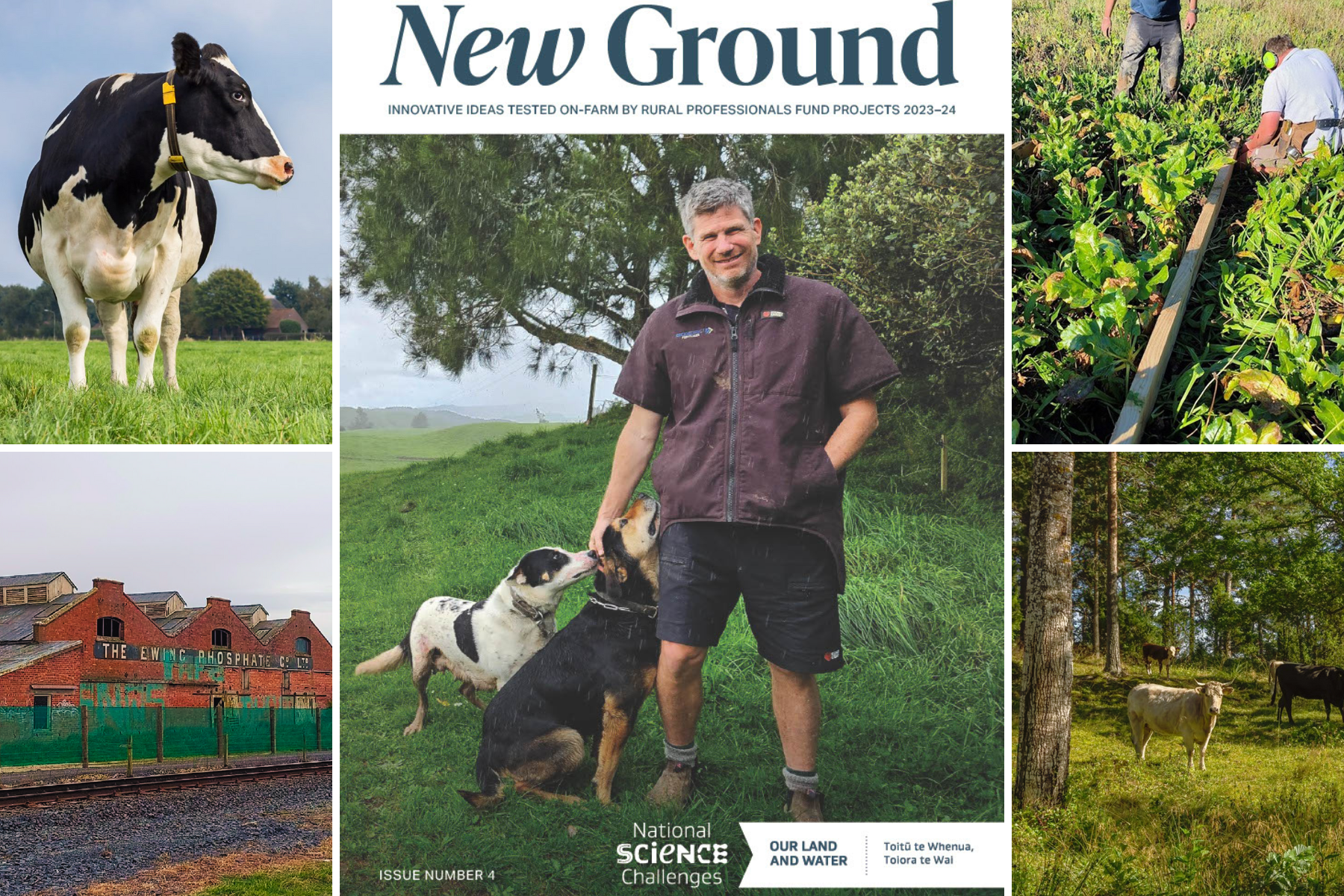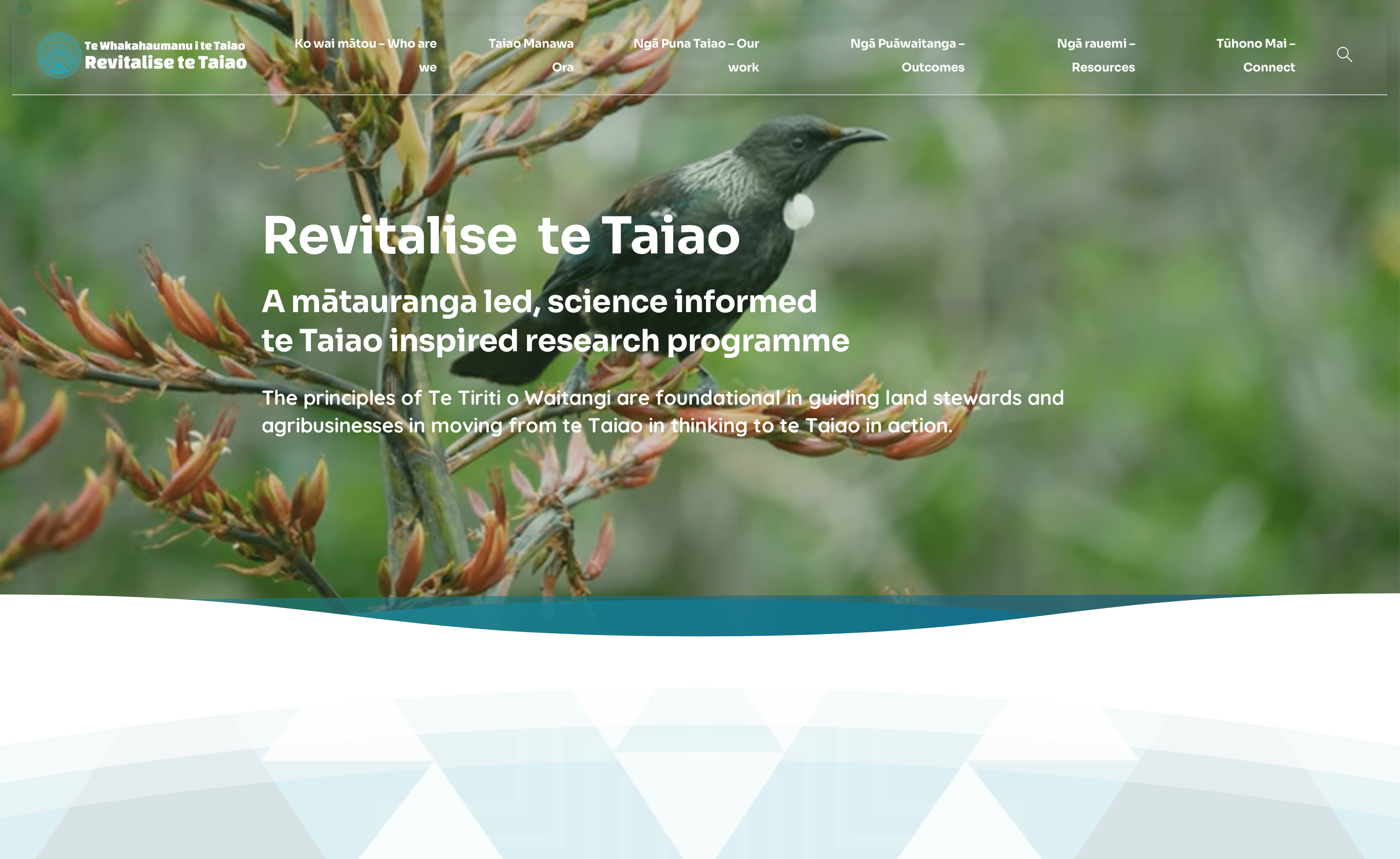Naturalised E.coli Still Indicate Potential Health Risk from Faecal Pathogens
New molecular evidence has demonstrated that water containing naturalised E. coli from aged faecal sources can also contain faecal pathogens. Therefore E. coli monitoring remains an important sentinel of faecal contamination.
Regional authorities are regularly questioned by community members and industry representatives about E. coli as an indicator of faecal contamination, where the E. coli is considered ‘naturalised’ in the aquatic environment rather than due to recent faecal contamination.
There are two types of naturalised Escherichia, both detected as E. coli by standard methods of water quality monitoring:
- E. coli from aged faecal pollution; and
- environmental Escherichia that do not belong to the E. coli species.
New molecular evidence has demonstrated that water containing naturalised E. coli from aged faecal sources can also contain faecal pathogens. Therefore E. coli monitoring remains an important sentinel of faecal contamination. This evidence will help regional water managers support community members to accept the potential health risk from aged sources of faecal contamination.
This finding is a significant contribution to the evidence base that ensures New Zealand’s water quality standards for swimmability are protective of human health. Where faecal contamination is identified as the source of E. coli, mitigation actions can be targeted to improve water quality. These outcomes align with the Our Land and Water objective to enhance the value and quality of our water.
The evidence comes from a research partnership between the Faecal Source Tracking project – led by Dr Adrian Cookson (AgResearch senior scientist) and funded by Our Land and Water – and ESR, using water samples collected as part of the Quantitative Microbial Risk Assessment funded by Ministry for the Environment (MfE). Research was conducted in three stages, each building on earlier work. Meg Devane, senior scientist at ESR, has been a member of all research teams and the connected MfE research.
The initial Our Land and Water-funded Faecal Source Tracking research applied DNA sequencing to water samples collected in Waikato and Tararua. This identified 23 strains of naturalised Escherichia that represent a distinct evolutionary population. The strains were not associated with risk to human health.
The research team was later granted ‘impact extension’ funding to work with ESR to examine 42 water samples from chronically polluted water bodies, collected by MfE’s Quantitative Microbial Risk Assessment pilot study. This stage of research highlighted the potential health risk from aged faecal contamination. Water samples containing E. coli from aged faecal sources are often dominated by E. coli subtypes B1 and B2, whereas fresh sources contain multiple subtypes (A–G). This research detected pathogens in samples that contained predominantly B1 and B2 sub-types. In addition, environmental Escherchia that do not belong to the E. coli species were identified infrequently in the 42 water samples.
Routine monitoring methods do not differentiate the two types of naturalised Escherichia. This stage of research also identified traits that may be used to rapidly distinguish environmental Escherichia from E. coli associated with faecal contamination. This aspect of the research received funding to continue to 2022 through the 2019 Endeavour Fund (‘Novel discriminatory tests for E. coli to improve water quality assessments’).
Evidence from the 42-sample study was presented in September 2021 to the regional council special interest group for Surface Water Integrated Management (SWIM), made up of freshwater scientists and regional council experts from around New Zealand, and in November 2022 to water managers via the NZ Freshwater Sciences Society.
SWIM executive member Dr Elaine Moriarty, science collaboration lead at ECan, said: “The advances in determining the health risk attached to a variety of E. coli types in water is fundamental to how regional councils manage our waterways. This knowledge allows us to work with our communities and share the health risk from all faecal sources. This research is a cornerstone of our knowledge and vital that it is continued.”
In 2022, Our Land and Water provided funding for further research into Escherichia delineation and pathogen detection with researchers at ESR. An additional 300 water samples collected for Stage III of the MfE Quantitative Microbial Risk Assessment are now being analysed using high-resolution molecular methods. Samples are from a broader spectrum of water bodies, including sites where contamination is absent or intermittent.
This work will extend understanding of the association of E. coli from aged faecal sources with pathogens. It will provide additional evidence to evaluate the initial finding that low concentrations of environmental Escherichia identified in chronically polluted water bodies are not confounding routine water quality monitoring. Guidance will be provided to all regional water managers, who will disseminate advice to community members and industry representatives.
This article was originally submitted to MBIE as an impact case study as part of Our Land and Water's 2022–23 annual reporting.
More information:
- Faecal Source Tracking research
Author
 View Our Strategy Document 2019 – 2024
View Our Strategy Document 2019 – 2024



